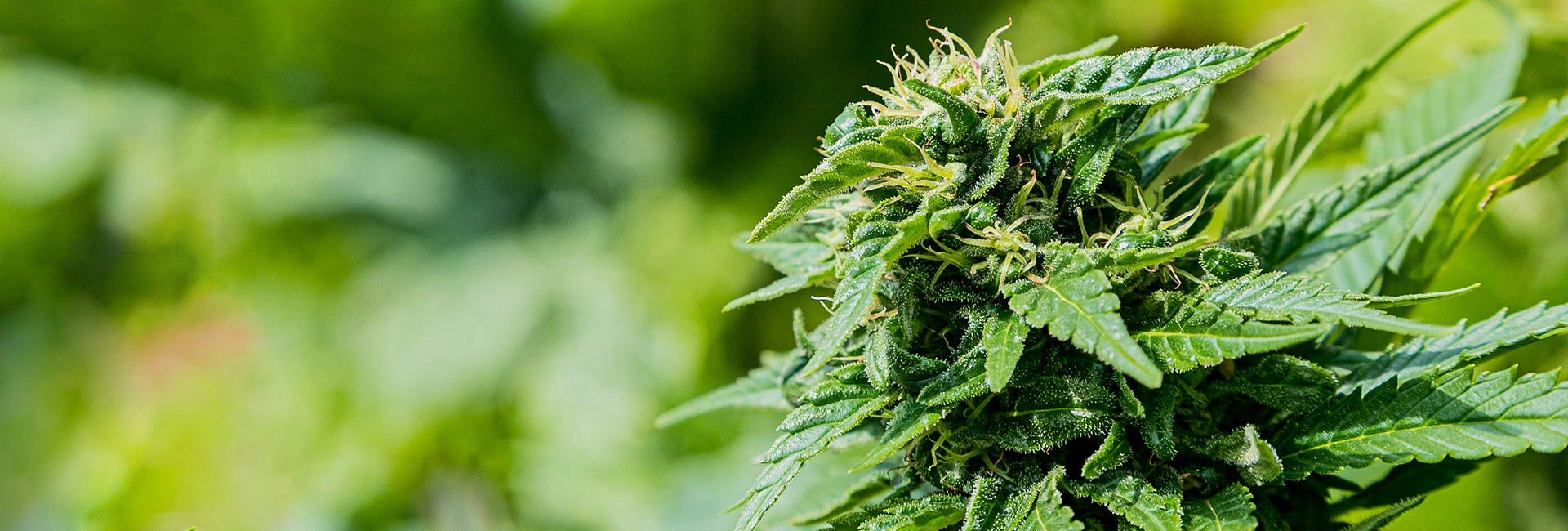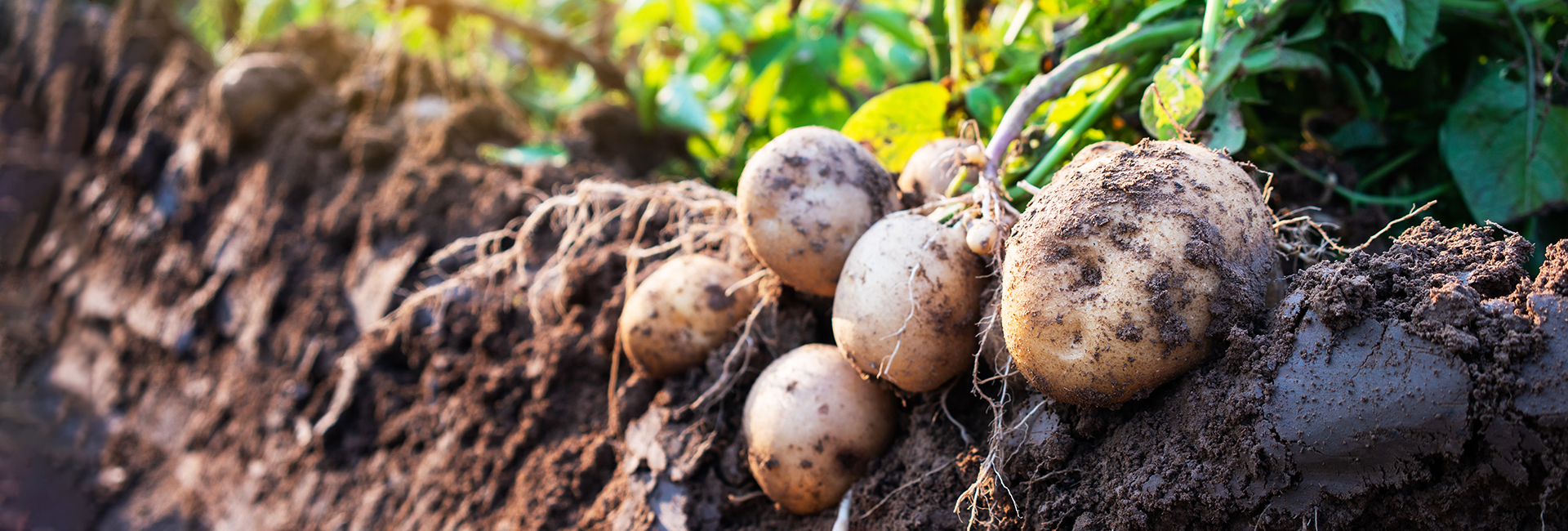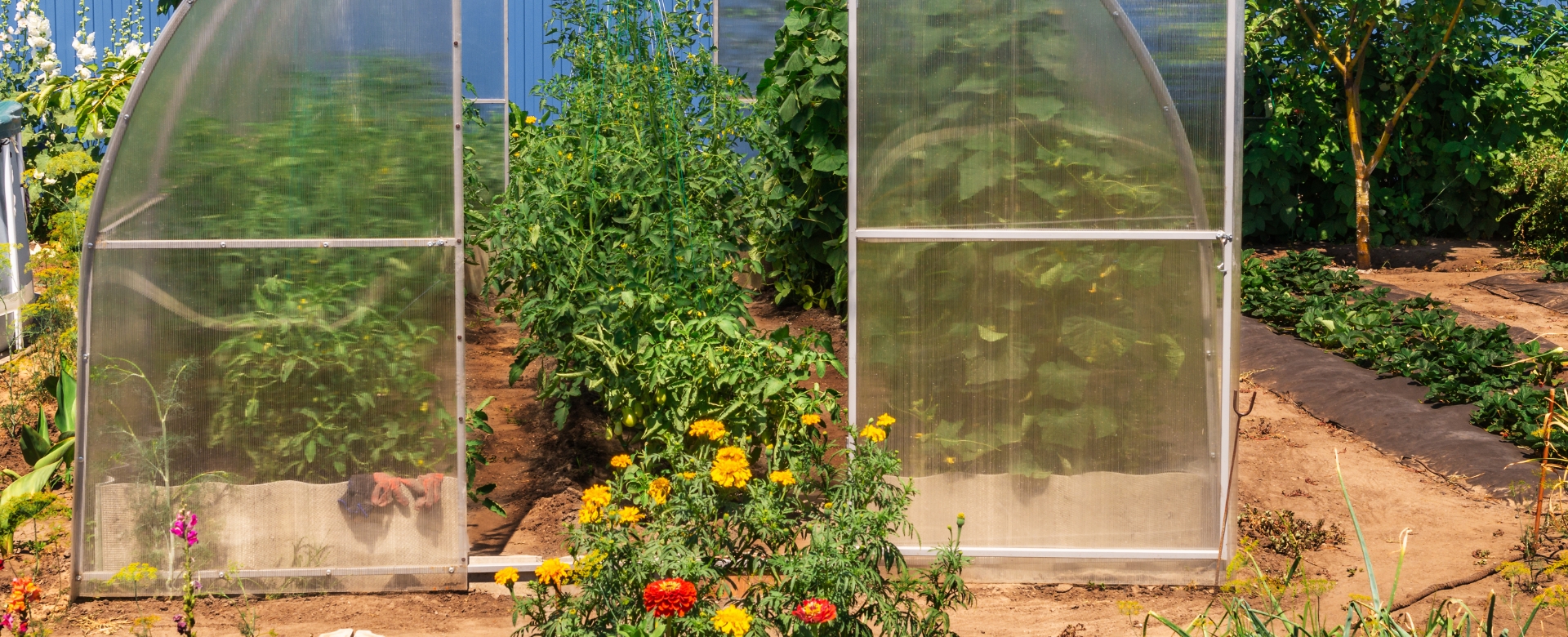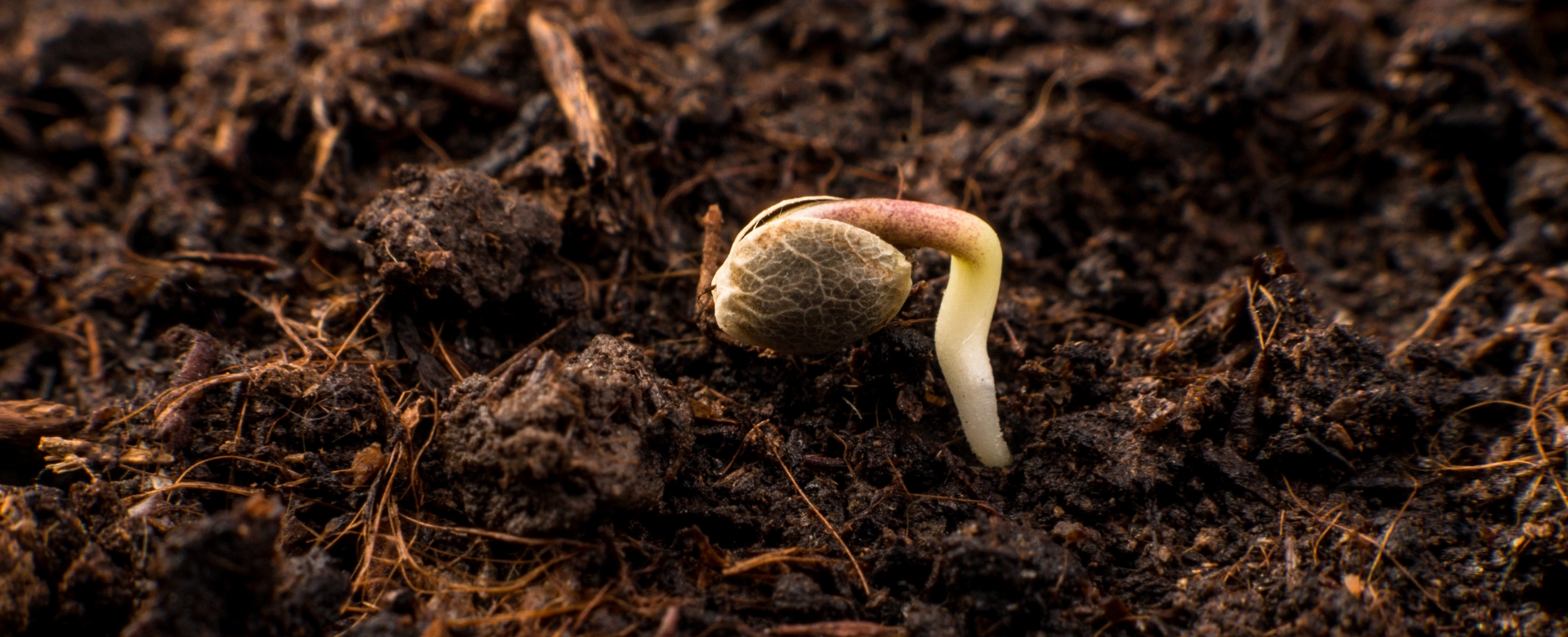Cannabis growers, rejoice! Years of frustration with stagnant yields and limited potency might be over, thanks to a game-changer: triploid cannabis.
You might already know triploids from your supermarket bananas – big, seedless, and readily available. Triploid plants are bred for distinct traits like being seedless. And they offer advantages to growers and consumers.
Now, this exciting genetic frontier is reaching the cannabis world. And it has the potential to revolutionize cannabis growing. (Some say, in fact, the development is as important as the introduction of feminized seeds.)
Of course, polyploid cannabis seeds aren’t readily available yet, but that’s changing fast. Here’s why you should keep an eye on them (and maybe even experiment once they hit the market). Triploid cannabis strains may offer:
- Improved yields
- Faster growth cycles
- Better resilience
- Sterility (no fear of cross pollination)
Sound intriguing? Keep reading to learn everything you need to know about polyploid cannabis, including how they’re made, when they may be available, and key advantages.
Understanding Polyploidy in Cannabis Genetics
Most cannabis plants are diploids just like humans. This means the plant has two sets of chromosomes, passed on from the parent plants, which contain the plant’s genetic information.
Whereas humans have 46 chromosomes, cannabis diploid plants have 20. Conventional breeding methods have long been used to create new cannabis strains. However, many breeders are now experimenting with polyploidization, or increasing the number of chromosomes in each plant.
Polyploid cannabis plants contain extra chromosomes. Triploids have three, while tetraploids have four. Polyploidization, or genome doubling, occurs naturally in the plant kingdom, but new techniques have made it possible in plant breeding programs. As a result, new polyploid cannabis strains are currently being developed.
Polyploid Cannabis vs Diploid Cannabis
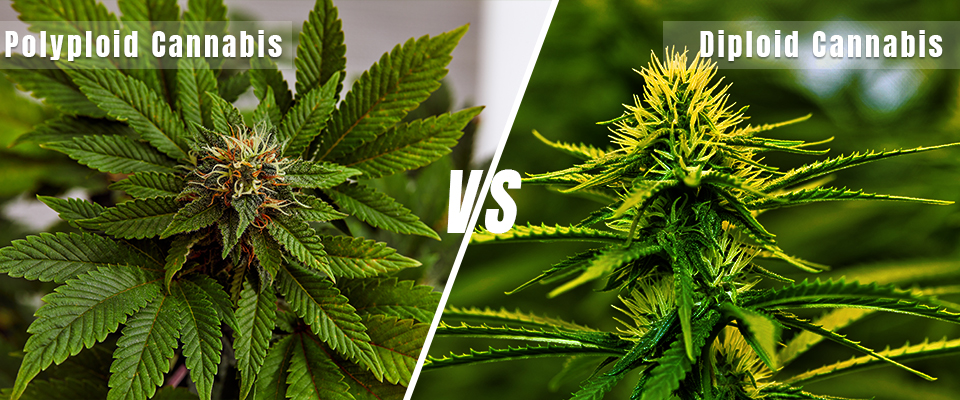
Although the benefits of these extra chromosomes aren’t fully understood, polyploids differ from diploids in a few ways.
These differences may spell beneficial for cannabis growers. Some of the benefits include between polyploid and diploid cannabis include:
- Sterile & Seedless: Most triploid plants can’t reproduce (make seeds), which allows growers to focus on bud quality without worrying about unwanted pollination
- Big Growth, Big Buds: Triploid hemp and cannabis plants can grow bigger and produce heavier flowers, potentially leading to higher yields.
- Tougher Walls & Better Defense: Triploid plants experience changes in the cell walls. This makes them sturdier against drought and disease.
What Is Triploid Cannabis?
Triploid cannabis, as mentioned, contains three chromosomes, rather than the typical two. The additional set of chromosomes increases genetic diversity and will introduce new traits in cannabis growing.
One key trait is sterility, for example. Triploids don’t produce seeds.
This happens because the extra chromosome disrupts the fertilization process, rendering the triploid almost completely sterile. One study found that triploids only produced 2% of the seeds of traditional diploids.
Sterility is a huge benefit for growers. For example, it could potentially solve the challenge of accidental cross-pollination, which has been shown to reduce THC content and diminish yields.
Sterility is also why many grocery store fruits (bananas, blueberries, and watermelons, to name a few) are triploids. They don’t have seeds, which consumers have grown to love. And for growers, it means they don’t have to worry about fertilization when growing.
Benefits of Triploid Cannabis
In addition to having no seeds, triploid cannabis offers other benefits for cannabis growers. They include:
1. Boosted Yields: Triploids often exhibit vigorous growth, potentially leading to maximized harvests.
2. Altered Cannabinoid Profiles: The unique chromosome arrangement might influence the production of cannabinoids like THC and CBD, e.g., increased potency.
3. Faster Flowering Times: Some triploid varieties showcase reduced flowering times, potentially streamlining the cultivation process. This is useful for both outdoor (can fit in a full season) and indoor growers (more cycles). Some estimate the flowering stage is 5 to 10 days shorter.
These are clear benefits, and they could potentially revolutionize the industry. For one, polyploid cannabis could increase production as demand grows and maximize efficiency.
However, triploids do have limitations. They don’t produce viable seeds for propagation (a big reason that triploid seeds are exceedingly rare). Plus, triploids may suffer from genetic instability, which could result in uneven or inconsistent growth.
How Is Triploid Cannabis Produced?
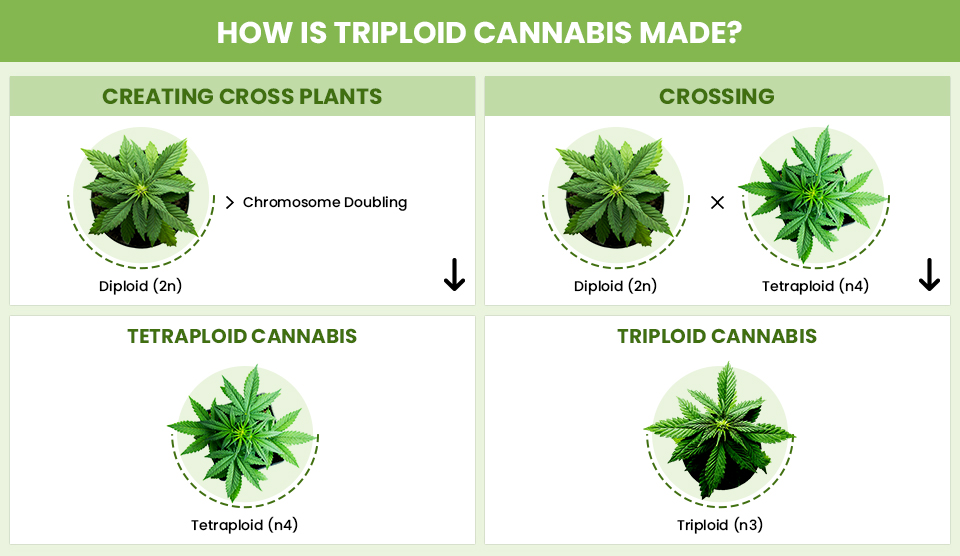
Triploid cannabis occurs naturally. However, it’s exceedingly rare. Just about 0.5% of diploid cannabis offspring or 1 in 200 plants is a triploid, according to one study.
Therefore, polyploid plants are typically created with chemical intervention.
To create polyploid cannabis, the most common method involves applying colchicine, a chemical produced from fall crocus flowers, to diploid plants.
When applied to a diploid, colchicine disrupts cell division and forces chromosome duplication. This creates a tetraploid cannabis plant with 4 chromosomes. Crossing a tetraploid with diploid cannabis results in a triploid offspring.
The Future of Cannabis Cultivation?
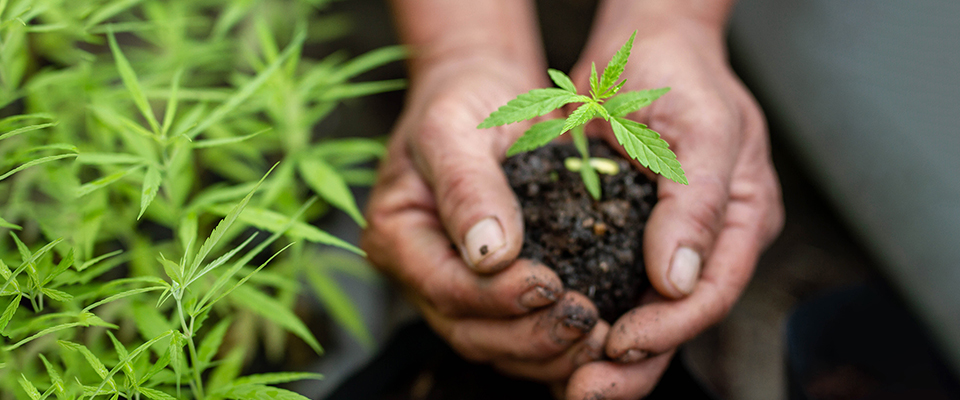
The industry may soon change. Some of the first commercially available triploid cannabis seeds were introduced by Humbolt Seeds in 2024.
Let’s explore how these genetic marvels could shape the future of cultivation, both for commercial giants and home growers alike.
Commercial Cultivation: A Boon for Bud?
For commercial growers, the battle against accidental pollination is a constant worry. Pollination not only reduces final product quality but also slashes yields. Thankfully, triploids’ sterility shines here.
By eliminating seed formation, they guarantee consistent, top-shelf bud, saving time, money, and resources. But the benefits don’t stop there:
- Increased Biomass: Studies suggest triploids might produce heavier harvests, translating to more bud per plant and potentially higher profits.
- Uniformity: Imagine rows of identical plants, simplifying cultivation management and ensuring consistent product quality.
- Stress Tolerance: Some evidence hints at increased resilience to pests, diseases, and even water scarcity, making triploids potentially hardier cultivation partners.
However, it’s not all sunshine and rainbows. Slower growth rates have been observed in some polyploid plants, and long-term stability requires further research.
Beyond Commercial Gains: Personal Exploration
Home growers can also benefit from triploids’ unique properties. No more worrying about accidental pollination ruining your cherished plants! Additionally:
- Novel Experiences: Altered cannabinoid and terpene profiles could unlock a world of unique effects and aromas, offering exciting exploration for curious cultivators.
- Seedless Simplicity: For those who don’t plan on breeding, the lack of seeds simplifies bud processing and storage.
Ethical Considerations
As with any scientific advancement, responsible research and open dialogue are crucial. Manipulating plant genetics requires careful evaluation of potential environmental impacts and unintended consequences.
https://homegrownoutlet.com/cannabis-seeds-wont-germinate/
Wrapping Up
Polyploid cannabis is an exciting chapter in the ever-evolving story of cannabis cultivation.
Whether you’re a commercial grower seeking efficiency and consistent quality or a home cultivator yearning for unique experiences, triploids present intriguing possibilities. In fact, these “tripled-up” wonders might just be the key to unlocking the full potential of cannabis cultivation.
But with any new advancement, proceed with caution. Triploid and polyploid cannabis still haven’t been widely researched, and therefore, the potential risks aren’t yet fully understood. However, triploid plants offer an interesting new advancement, and the perfect experiment for commercial and home growers.
Need some help with cannabis cultivation? See our cannabis growing guide and tips for germinating cannabis seeds. Also visit Homegrown Outlet for all your hydroponic and organic growing supplies.
References
- Parsons, J. L., Martin, S. L., James, T., Golenia, G., Boudko, E. A., & Hepworth, S. R. (2019). Polyploidization for the Genetic Improvement of Cannabis sativa. Frontiers in Plant Science, 10.
- Crawford S, Rojas BM, Crawford E, Otten M, Schoenenberger TA, Garfinkel AR, Chen H. Characteristics of the Diploid, Triploid, and Tetraploid Versions of a Cannabigerol-Dominant F1 Hybrid Industrial Hemp Cultivar, Cannabis sativa ‘Stem Cell CBG’. Genes (Basel). 2021 Jun 17;12(6):923.
- Philbrook, R. N., Jafari, M., Gerstenberg, S., Say, K. L., Warren, J. G., & Jones, A. M. P. (2023). Naturally occurring triploidy in cannabis. Plants, 12(23), 3927.
- Adams, K. L., & Wendel, J. F. (2005). Polyploidy and genome evolution in plants. Current Opinion in Plant Biology, 8(2), 135–141.
- Sumpter, L. (2023, December 12). Understanding triploid and tetraploid cannabis plants. Royal Queen Seeds.
- Humboldtseeds. (2024, January 17). Triploid Cannabis seeds – Cannabis seeds | Humboldt Seed Company. Cannabis Seeds | Humboldt Seed Company.
FAQs
No. Triploid cannabis is created by breeding cannabis plants (the same species). GMOs, on the other hand, involve transferring genes from a different species directly into the plant’s DNA. Therefore, polyploidy is a genetic manipulation, but not a modification, that creates the desired traits and sterility in the offspring.
Triploid cannabis is produced naturally. It’s made when a tetraploid and diploid plant are crossed. To create a tetraploid, a diploid plant is exposed to an organic chemical, which disrupts cell division. This creates a plant with four chromosomes (tetraploid), and when crossed with a diploid, the result is a triploid with three sets of chromosomes.
In most cases, no. Due to chromosome imbalance, triploids are 99% sterile and rarely produce seeds.
Anecdotally, many growers say that they do. And research suggests they have much higher biomass (about 50% more), while some industry estimates success they produce 10-20% more flower.
In terms of THC content, it depends on the breeding. However, some research suggests polyploid cannabis may have a higher terpene and total cannabinoid content.

